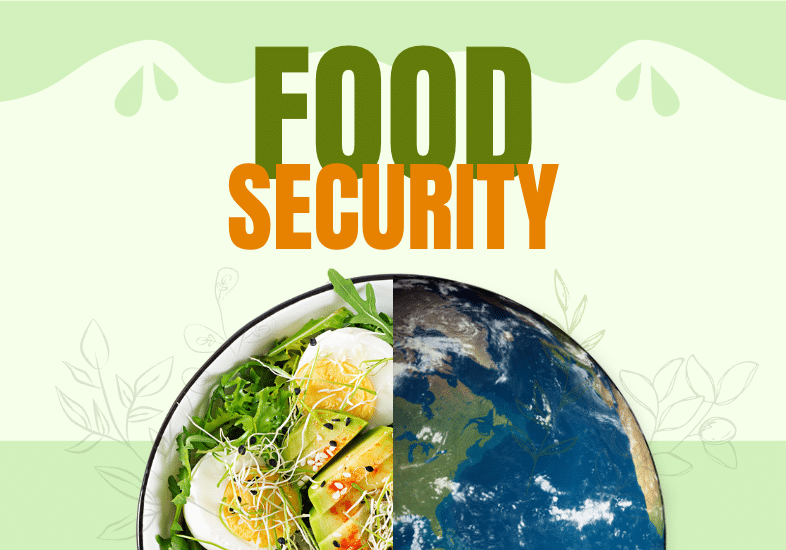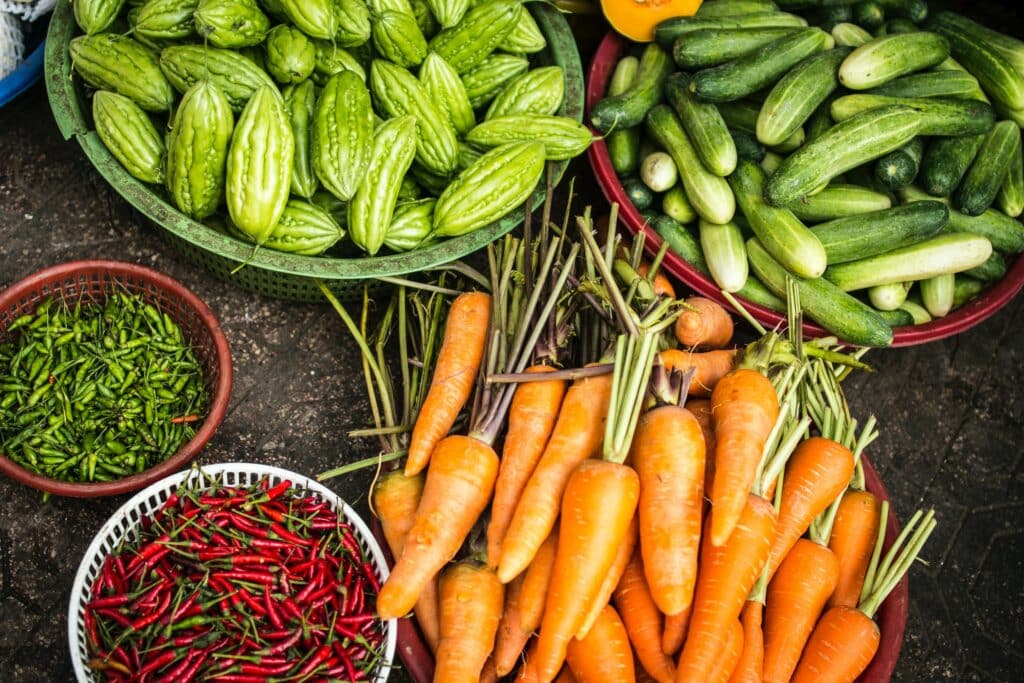




Food security is more than just about having enough food but also about ensuring the food is nutritionally adequate.
Nutritional adequacy refers to the concept of ensuring that your diet provides all the necessary nutrients your body needs for optimal health and well-being. It involves consuming a well-balanced combination of macronutrients (proteins, carbohydrates, and fats) and micronutrients (vitamins and minerals). It is important that when we look at access to food, those food sources include fruits, vegetables, whole grains, lean proteins, and healthy fats.
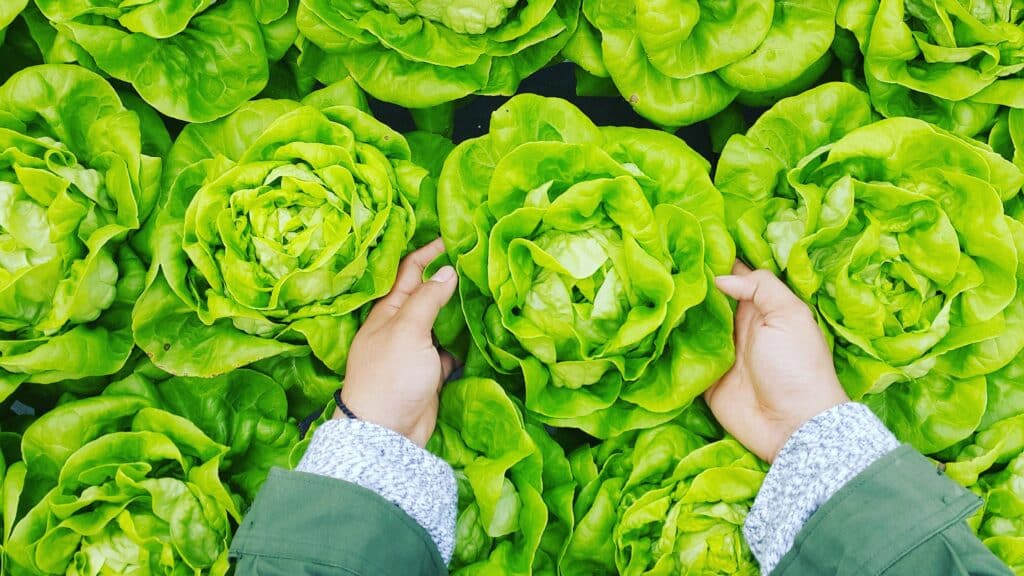
Food insecurity- from coast to coast to coast.
Food security goes hand in hand with global trade. Some countries rely heavily on imported food, which can be a risky business; imports face risks when disruptions occur in international supply chains or when prices surge. Sound familiar?
Often when people think of food insecurity, extremely remote regions come to mind, but the reality is it’s a global issue that touches both rural and urban areas in unique ways.
Rural areas
Rural areas, particularly in developing countries, rely on agriculture as a primary source of livelihood. Climate change, land degradation, and limited access to modern farming techniques can further increase food insecurity in rural regions.
Lower population density and less developed infrastructure in rural areas lead to fewer grocery stores and markets within a community. This scarcity can make it challenging for people living in remote regions to access a diverse selection of fresh food. Indigenous communities experience disproportionately high rates of food insecurity, stemming from historical injustices, limited resources, and isolation.
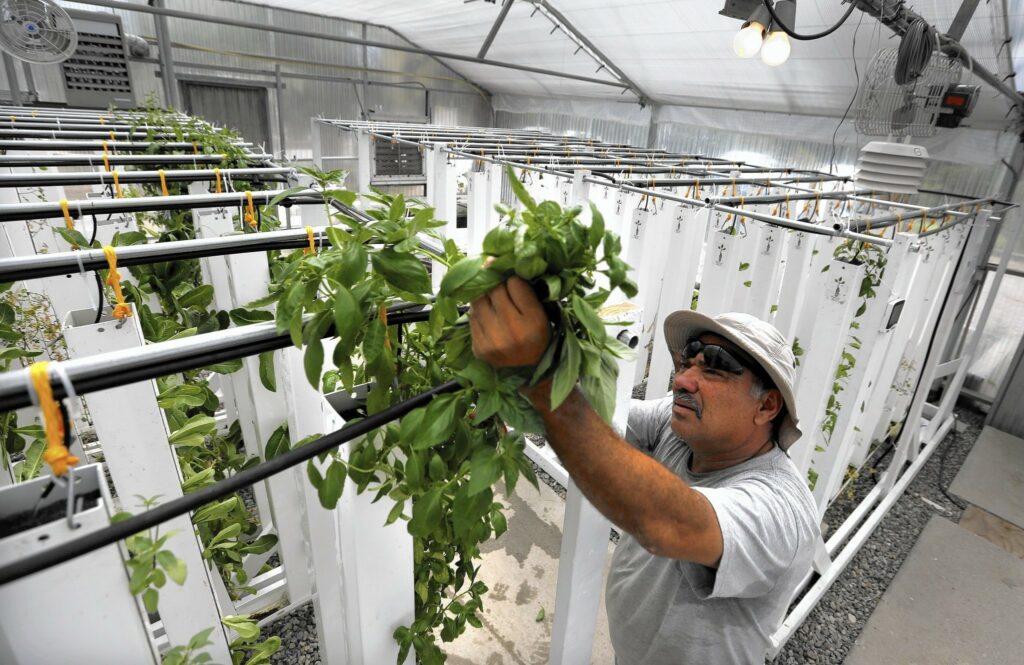
In these regions, it’s important to establish partnerships with educational institutions or organizations to provide knowledge sharing and skills transfer. We have seen a positive shift in funding opportunities from local governments, agricultural agencies, or community development organizations that recognize the value that vertical farms can bring to rural areas.
City dwellers
The world is becoming increasingly urbanized. Today, more than half of the global population lives in urban areas; this is forecast to be around two-thirds by 2050. Food security in urban regions needs serious attention and action!
In cities, there are unique challenges when it comes to making sure people have enough nutritious food to eat. Urban farming can improve affordability by reducing transportation costs and shortening the supply chain. When communities grow their own food or support local urban farms, they can access fresh produce at lower prices, making it more economically feasible for individuals and families with limited financial resources. Urban farms can include community gardens, rooftop farms, and hydroponic, aeroponic, and aquaponic facilities, whether for personal consumption, commercial sale, education, or therapy.
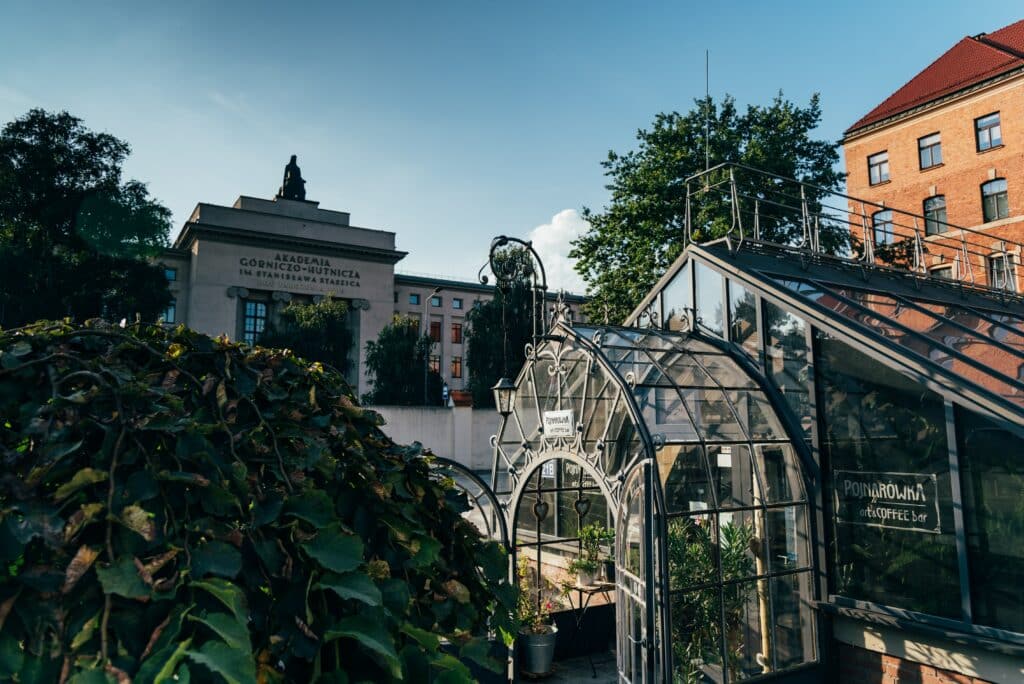

Localizing food sources
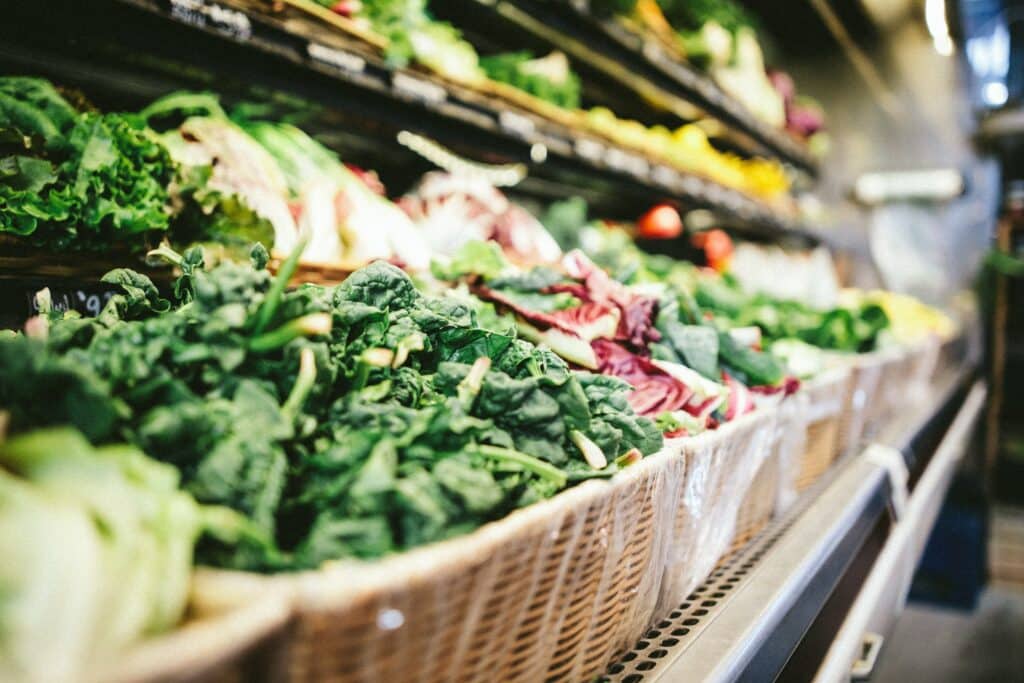
Learn more about the ZipPod Container Farm.
Learn more about a custom ZipFarm.

